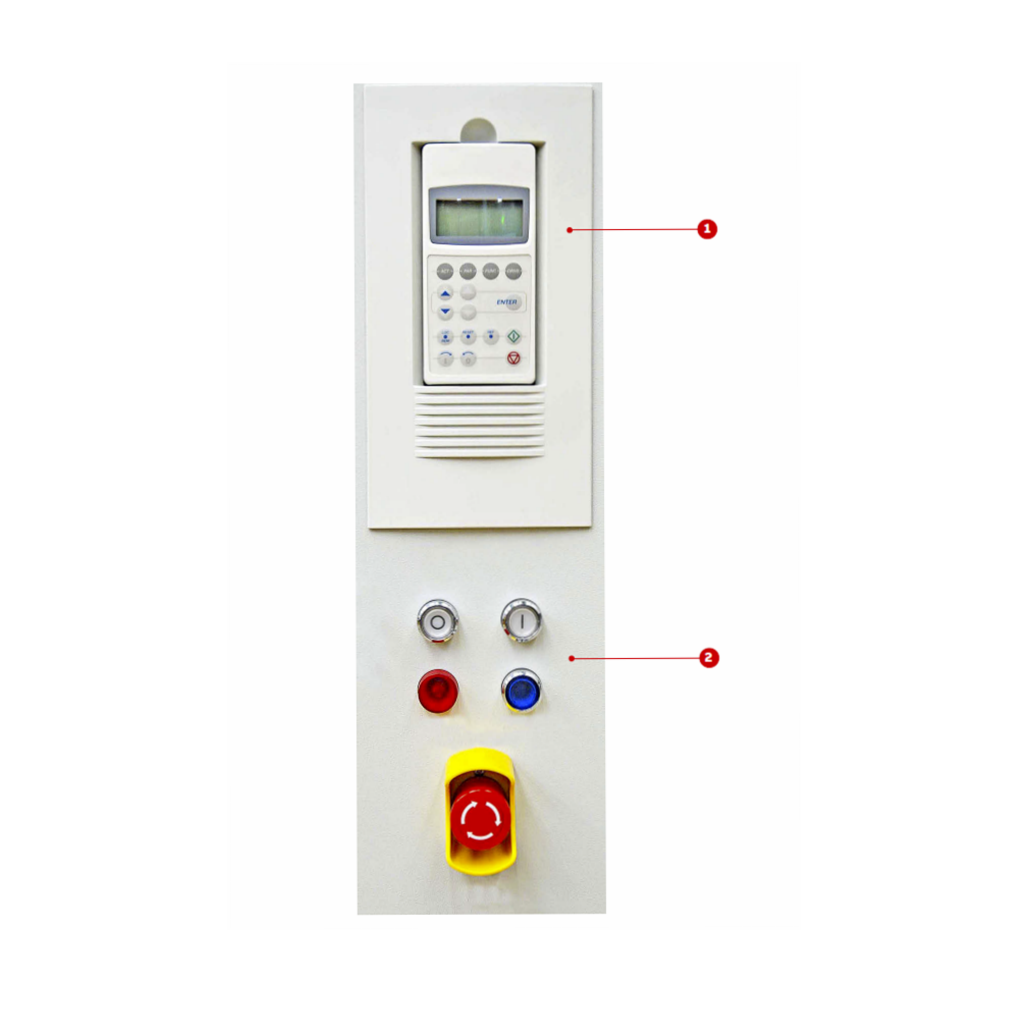STI300 (brand not specified)

STI300 Industrial Module: Powering Automation Engineering Solutions
The STI300 represents a cutting-edge industrial module component designed for demanding automation environments. Engineers across multiple industries rely on its robust specifications to deliver consistent performance in mission-critical applications. Below we examine the technical details that make this module a preferred choice for industrial automation engineering solutions.
Technical Specifications
| Parameter | Specification |
|---|---|
| Operating Voltage Range | 24V DC ±10% |
| Current Consumption | 2.5A max @ 24V |
| Operating Temperature | -25°C to +70°C |
| Storage Temperature | -40°C to +85°C |
| Protection Class | IP65 |
| Communication Protocols | Modbus RTU, CANopen |
| Shock Resistance | 50g, 11ms duration |
| Vibration Resistance | 5g, 10-500Hz |
| MTBF | 100,000 hours |
Performance Characteristics
The STI300 industrial module components deliver exceptional performance in harsh environments. Firstly, its wide operating temperature range ensures reliability in both extreme cold and heat. Moreover, the robust IP65 rating provides complete protection against dust ingress and low-pressure water jets from any direction.
When considering automation engineering solutions, the STI300 stands out with its dual communication protocol support. Consequently, system integrators can implement either Modbus RTU or CANopen depending on their specific application requirements. Additionally, the module’s high shock and vibration resistance make it ideal for mobile installations and heavy machinery applications.
Application Scenarios
Based on the STI300 specifications, this industrial module component finds application across multiple sectors. In manufacturing automation, it serves as a reliable control node for conveyor systems and robotic cells. Similarly, in energy management systems, the module provides accurate data acquisition and control capabilities.
Transportation systems particularly benefit from the STI300’s rugged design. For instance, railway signaling installations utilize its vibration-resistant properties, while marine applications take advantage of its corrosion-resistant housing. Furthermore, building automation systems implement these modules for their consistent performance in temperature-controlled environments.
Integration Considerations
When implementing the STI300 in automation engineering solutions, several factors warrant attention. The power supply must maintain stable voltage within the specified range to ensure optimal performance. Likewise, proper grounding practices significantly reduce electromagnetic interference in sensitive applications.
Installation teams should also consider the module’s environmental rating when designing enclosures. Although the IP65 protection provides substantial defense against elements, additional measures may be necessary for extreme conditions. Finally, regular maintenance checks help maintain the STI300 specifications throughout its operational lifespan.
